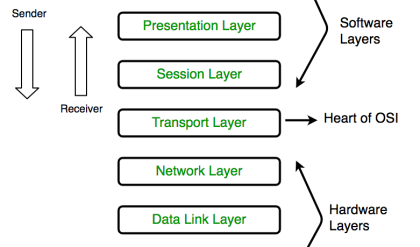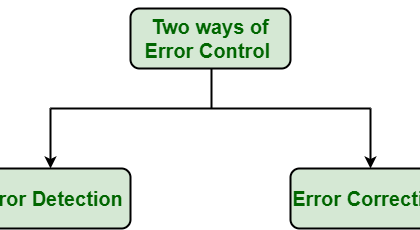Level is an important parameter in the telecommunications network, particularly in the analog network or in the analog portion of a network. In the context of this book when we use the word level, we mean signal magnitude or intensity. Level could be comparative. The output of an amplifier is 30 dB higher than the input. But more commonly, we mean absolute level, and in telephony it is measured in dBm (decibels referenced to 1 milliwatt) and in radio systems we are more apt to use dBW (decibels referenced to 1 watt). Television systems measure levels in voltage, commonly the dBmV (decibels referenced to 1 millivolt).
In the telecommunication network, if levels are too high, amplifiers become overloaded, resulting in increases in intermodulation noise and crosstalk. If levels are too low, customer satisfaction suffers (i.e., loudness rating). In the analog network, level was a major issue; in the digital network, it is somewhat less so.
System levels are used for engineering a communication system. These are usually taken from a level chart or reference system drawing made by a planning group or as a part of an engineered job. On the chart a 0 TLP (zero test level point) is established. A test level point is a location in a circuit or system at which a specified test-tone level is expected during alignment. A 0 TLP is a point at which the test-tone level should be 0 dBm. A test tone is a tone produced by an audio signal generator, usually 1020 Hz. Note that these frequencies are inside the standard voice channel, which covers the range of 300–3400 Hz. In the digital network, test tones must be applied on the analog side. This will be covered in Chapter 6.
From the 0 TLP other points may be shown using the unit dBr (decibel reference). A minus sign shows that the level is so many decibels below reference and a plus sign, above. The unit dBm0 is an absolute unit of power in dBm referred to the 0 TLP. The dBm can be related to the dBr and dBm0 by the following formula:

For instance, a value of −32 dBm at a −22-dBr point corresponds to a reference level of −10 dBm0. A −10-dBm0 signal introduced at the 0-dBr point (0 TLP) has an absolute signal level of −10 dBm.
Typical Levels
Earlier measurements of speech level used the unit of measure VU, standing for volume unit. For a 1000-Hz sinusoid signal (simple sine wave signal), 0 VU = 0 dBm. When a VU meter is used to measure the level of a voice signal, it is difficult to exactly equate VU and dBm. One of the problems, of course, is that speech transmission is characterized by spurts of signal. However, a good approximation relating VU to dBm is the following formula:

In the telecommunication network, telephone channels are often multiplexed at the first serving exchange. When the network was analog, the multiplexers operated in the frequency domain and were called frequency division multiplexers (FDM). Voice channel inputs were standardized with a level of either −15 dBm or −16 dBm, and the outputs of demultiplexers were +7 dBm. These levels, of course, were test-tone levels. In industrialized and postindustrialized nations, in nearly every case, multiplexers are digital. These multiplexers have an overload point at about +3.17 dBm0. The digital reference signal is 0 dBm on the analog side using a standard test tone between 1013 and 1022 Hz.





